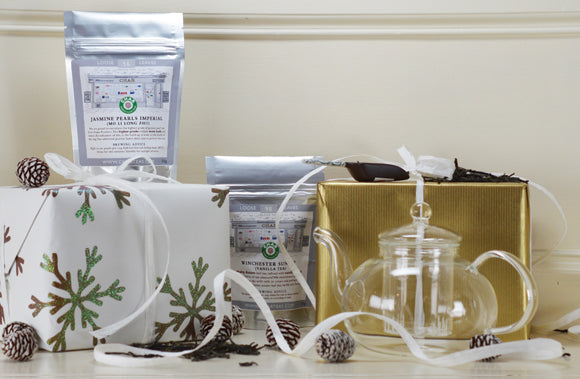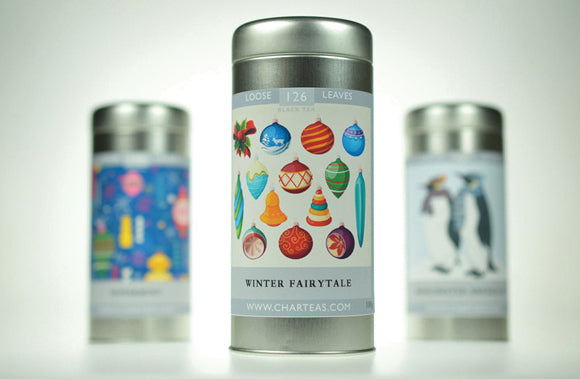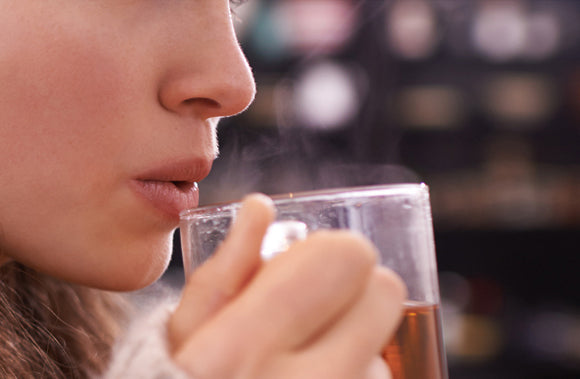What is Matcha?
Matcha is the delicious, grassy, umami result of nearly a thousand years of intimate tea understanding. This finely ground tea powder is put directly into your cup or bowl, and then whisked in a small amount of hot (but not boiling) water until it becomes frothy. This is the traditional way to drink matcha, however in the west we have discovered the delight of adding milk to this drink to create a matcha latte. This drink is perfect served cold with ice on a summer’s day, or warm in the heights of winter.
The process of creating matcha
Before matcha becomes the iconic powder we see in Char, it goes through many processes. These elaborate, finely-tuned rhythms give the matcha its distinctive taste and are why our matcha is so highly sought after.
Firstly, the tea leaves are grown (as all tea leaves are) from the camelia sinensis plant. Tea leaves grown especially for matcha are referred to as ‘tencha’ – literally ‘tea for grinding’. Expert tea growers in the Kagoshima prefecture of Japan know the value of high quality soil in this process, and swear by the volcanic region for this reason, and it is easy to see why upon tasting the results.
Once the tea leaves are almost ready for picking, they are shaded for 28 days to enhance the natural sweetness of the tea leaves. Then, the leaves are picked, steamed, and dried to stop the oxidation process and preserve the beautiful light, grassy tasting green tea. At this point, the tea becomes ‘gyokuro’, which can be sold as one of the most expensive varieties of sencha on the market. However, these leaves are destined to be matcha, so their journey is not yet finished.
The tencha leaves are meticulously deveined and stems are removed to further enhance the taste of the leaves, which are then ground into a very fine powder using large stones. This time-consuming and thorough process results in the vibrant green powder we stock at Char.
Matcha Grades
Matcha is produced to differing qualities which are best suited to different usages. These are commonly referred to as ‘matcha grades’, and can be quite confusing. The three most commonly seen grades are: culinary, premium, and ceremonial.
Culinary Grade Matcha
This matcha is best used for flavouring foods. In Japan, it is common to see matcha flavoured mochi, cakes, and even crisps! If you wish to experiment with matcha flavoured food, Char’s Organic Matcha Kochmatcha is perfect for you.
Premium Grade Matcha
This exquisite, vibrant green matcha is ideal for matcha lovers and newbies alike. It is perfect for a habitual matcha drinker whether they prefer matcha lattes (milk with matcha), or are drinking matcha in the traditional Japanese style and studying sadō (way of tea). Premium grade matcha is an affordable yet delicious way to enjoy this ancient drink.
Ceremonial Grade Matcha
This is the highest quality matcha grade, used in authentic Japanese tea ceremonies. However, there is no distinct standard that defines ‘ceremonial grade matcha’, and as such it has become a buzzword loosely resembling its original meaning in some cases. Please beware of such marketing ploys, especially if you are embarking on your matcha journey. It typically takes years for a student of sadō to learn the intricacies of otemae (tea ceremony), so Premium Grade Matcha can be a more affordable alternative for students of this ancient practise.

 Assam
Assam
 Black
Black
 Breakfast
Breakfast
 Caffeine Free
Caffeine Free
 Ceylon
Ceylon
 Cold Brew
Cold Brew
 Darjeeling
Darjeeling
 Decaffeinated
Decaffeinated
 Earl Grey
Earl Grey
 Favourites
Favourites
 Flavoured
Flavoured
 Flowering
Flowering
 Fruit
Fruit
 Green
Green
 Herbal
Herbal
 Jasmine
Jasmine
 Mate
Mate
 Oolong
Oolong
 Organic
Organic
 Pu Erh
Pu Erh
 Rooibos
Rooibos
 Scented
Scented
 Smoked
Smoked
 Sparkling
Sparkling
 White
White
 Winchester
Winchester
 Loose Tea
Loose Tea
 Tea Bags
Tea Bags
 Gift Caddies
Gift Caddies
 Teapots
Teapots
 Accessories
Accessories
 Tea Tins
Tea Tins
 Storage
Storage




